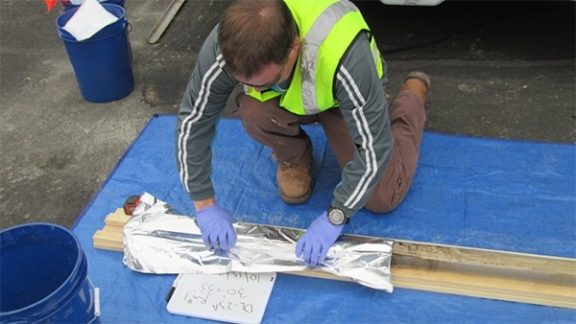Drinking water can be a major source of human exposure to per- and polyfluoroalkyl substances (PFAS). However, because of a lack of data on historic PFAS concentrations and water use patterns, it’s often difficult to estimate past exposures to PFAS through drinking water.
A new study published in the journal Environmental Science: Processes and Impacts and co-authored by Haley & Aldrich environmental engineer Sarah Mass presents a promising method for estimating the start of PFAS exposure for people who live in communities with PFAS-impacted drinking water. The article, “Estimating historical exposure to perfluoroalkyl acids in Security, Fountain, and Widefield, Colorado: use of water-infrastructure blending and toxicokinetic models,” details the novel approach taken by Sarah and her co-authors toward answering a key question in any PFAS-related situation: How long has this been going on?
Sarah and her co-researchers focus on the drinking water of three PFAS-affected communities in El Paso County, Colorado, downgradient of a military base. Such facilities are known for their use of aqueous film-forming foams (AFFFs) in firefighting technology; these foams contain PFAS and can be challenging to contain and clean.
The new method uses a water-infrastructure, mass-balance mixing mathematical model (which determines the concentration of substances in a mixture) along with a non-steady-state, single-compartment toxicokinetic model (which describes the behavior of PFAS inside the human body over time). The model was calibrated using analyses of the concentration of perfluorohexane sulfonate (PFHxS, a common type of PFAS) in the blood samples of residents in the three areas.
The results suggest that the median starting years of exposure to PFAS in drinking water were 1998 for the town of Fountain, 2006 for Security, and 2009 for Widefield. (Study results also suggest that there may be an additional source of PFAS contamination in the groundwater between Fountain and Widefield.)
Researchers can use this new method to estimate the length of prior PFAS exposure via drinking water in other communities, which will help all stakeholders better assess the associated health risks and develop better strategies for managing and mitigating them. To access the article and review purchase options, visit the Environmental Science: Processes & Impacts website.




